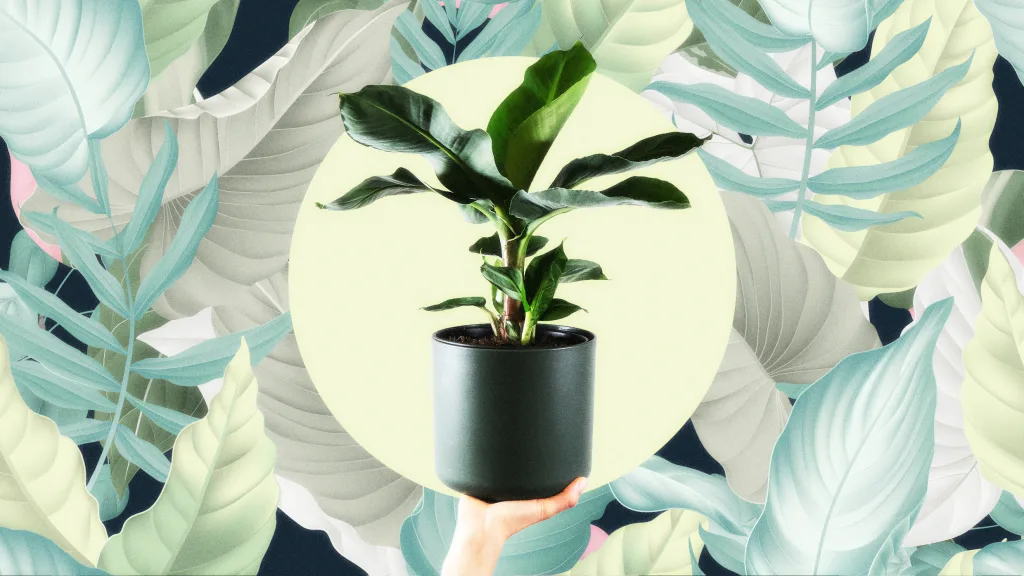
"Workers in cubicles spend eight hours every day in a small gray box, separated from human interaction, marinating in stagnant air and fluorescent lighting."
"Chronic stress can lead to a host of negative health effects such as weight gain, trouble concentrating, irritability, lower rates of healing, and high blood pressure."
"Biophilic architecture is based on the concept that humans evolved in natural environments, and because of this, we feel the best when these factors are mimicked."
"Even small changes can have big impacts; bringing plants to work is a simple step to create a more biophilic workplace."
As spring arrives, it's noteworthy that most people spend 90% of their time indoors, often in unhealthy conditions. Many workers are confined to cubicles, leading to increased stress and inactivity compared to those in open spaces. Biophilic design, which seeks to integrate natural elements into built environments, can boost well-being and productivity. Since even minor changes can yield significant benefits, incorporating elements like plants in workspaces is a simple yet effective strategy to enhance workplace conditions.
Read at Fast Company
Unable to calculate read time
Collection
[
|
...
]